If you’ve been thinking about getting some new fish, It’s hard not to have seen a group of Zebra Danios darting around the tank in almost every fish shop.
While not as elegant as say a school of Neon Tetras, the Zebra Danios manic group fun is a joy to watch.
Zebra Danios are one of the most popular fish amongst beginner fish keepers thanks to their small size, easy maintenance and the brilliant variety of colours available.
If you’re wondering what’s the difference between the Zebra Danio, Zebrafish or Striped Danio, then you might be shocked to find out they are all different names for the exact same fish.
The Zebra Danio belongs to the Family Cyprinidae (Carps and Minnows) and lives in tropical freshwater. They can grow up to around 2 inches long but typically stay a little bit smaller, making them a great fit for smaller aquariums and beginners.
If you want to get a little bit geeky, then their scientific name is ‘Danio Rerio’ and they are native to Sri Lanka. ‘Danio Rerio’ translates to ‘the Zebra fish with stripes’ in the language of Tamil, one of the two official languages in Sri Lanka.
It’s not just their scientific name that means ‘zebra’, as they were first called Zebrafish by an American ichthyologist back in 1892 because he was reminded of a zebra from Africa when looking at them under his microscope.
They are so common that they have even been bred to be fluorescent, making them a great option for kids who like bright colours. Other colours include orange, red, yellow and blue.
Table of Contents
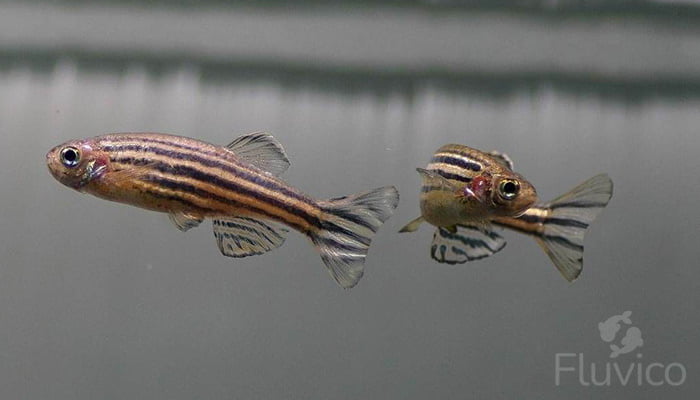
Origins / History: Zebra Danio or Zebrafish
The Zebra Danio was first discovered in the wild in 1892 by an ichthyologist at the Smithsonian Institution (George Streisinger) who was examining some fish from Sri Lanka.
Scientifically known as Danio rerio, has a rich history tracing back to the warm, subtropical regions of southern Asia. These lively creatures thrive in rivers with slow-flowing water and plenty of vegetation, a serene setting that makes for an ideal natural habitat.
They were then first bred in captivity by a Japanese scientist who is believed to have been the world’s first breeder called Yanosuke Ogawa in the year 1909. Since then, the Zebra Danio has become one of the most popular of all aquarium fish in Japan.
Not just japan though, the zebrafish is a popular choice for aquarium enthusiasts and now scientists around the world.
Yes, that right! Danio Rerio is being used in many scientific models for it’s ability to adapt and thrive under various conditions, it’s easy gene editing and also it’s ability to change sex.
You might also be surprised to hear that Zebra Danios are also playing a vital role in helping us to combat cancer. Currently scientists are experimenting on Zebrafish embryos to help find a cure.
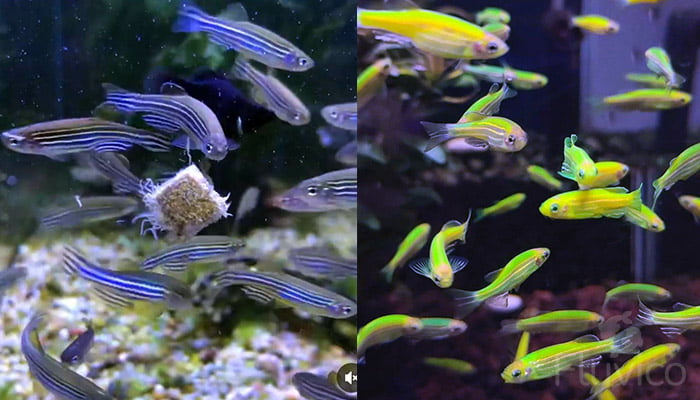
Facts & Overview
Are they good for beginners & Easy to take care of?
Yes!
Zebra Danios are ideal for beginners, thanks to their adaptability and low maintenance. Their resilience to adverse water conditions and strong health make them one of the easiest fish species to care for in home aquariums.
These fish are exceptionally hardy and can withstand varying water conditions, making them an excellent choice for those venturing into the realm of aquarium ownership for the first time.
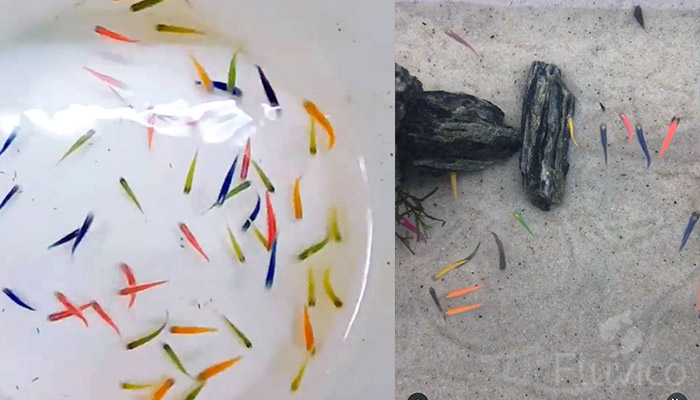
Behaviour & Types of Danio
In your aquarium , Zebra Danio are social fish, preferring to live in groups with other Danio species. If you have a single Zebrafish it will become lonely and therefore less active.
Schooling fish need friends to feel confident and safe in their surroundings.
Zebra Danios also spend most of their day trying to find food whilst the rest is spent sleeping or swimming at mid-to-high water levels looking for mates.
They tend to dart around quickly and are not as shy or retiring as other aquarium fish such as Neon Tetra.
While the Danios will venture to the bottom of your tank in search for food, they’ll spend 80% of their time zipping around in groups and schooling close to the waters surface.
Are Zebra Danio Aggressive?
Zebra Danios are generally peaceful fish.
However, they can be a little nippy, which is often mistaken for aggression. It’s more accurate to categorize them as playful, but their high energy level might intimidate & stress slower, more timid species of fish.
Good Tank Mates
Zebra Danios get along well with other peaceful, active fish of similar size. Since Zebra Danio are fast and travel in group, they’re also suitable to live with slow moving aggressive fish safely.
Compatible tank mates include:
- Tetras, Minnows & Small Gouramis
- Platties & Guppies
- Corydoras, Loaches & Bottom Dwelling Fish
- Peaceful Catfish
- Shrimp & Snail Safe
Bad Tank Mates
Avoid pairing Zebra Danios with larger, aggressive fish like Cichlids, or slow-moving, long-finned fish like Angelfish, as they might become targets for the Danio’s playful nipping.
- Long Fin Fish
- Medium-Fast Aggressive Fish
- Betta, Angelfish, Cichlids
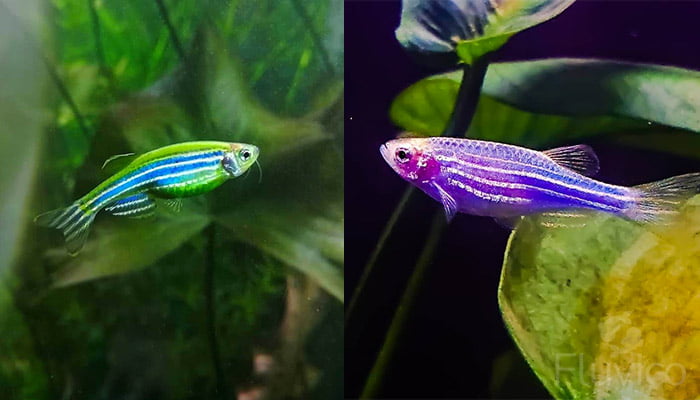
Adult Size & Lifespan
Zebra Danios are relatively small fish, usually reaching an adult size of 2 to 3 inches. Despite their modest size, these resilient creatures have a robust lifespan. With proper care, they can live for around 3 to 5 years, and in some instances, even up to 7 years.
- Size: 2.5″ – 3″ (average)
- Lifespan: 3 – 5 Years (average)
As always, water temperature, water quality and tank mates will affect the lifespan of your new Zebra Danios.
Do Zebra Danio Jump?
You’ll be happy to know that Zebra Danios aren’t known for their jumping so you don’t have to worry.
Appearance & Types (Colours, Patterns, Fins, Variations and Sex Differences)
Zebra Danios are easily recognizable due to their vibrant colours and striking patterns. Their bodies are usually adorned with blue and golden horizontal stripes, earning them the ‘zebra’ moniker.
They possess a streamlined shape with two pairs of long, slender fins.
There are variations such as the:
- Longfin Zebra Danio with more pronounced fins
- GloFish Zebra Danio, genetically modified to exhibit fluorescent colours.
Males Vs Females
Males are generally more torpedo-shaped and have gold stripes between the blue ones, while females are larger with a more rounded belly and silver stripes.
Both look very similar, it’s only usually when the female Danio becomes pregnant with an enlarged stomach that it’s easy to tell the difference.
More on breeding later.
There are three main varieties of Zebra Danio:
- Wild Type Zebra Danio
- Zebra Danio
- Longfin Zebra Danio
The wild type has a black stripe along its side which can range from being thin to thick, with large eyes and round tail fins. This is the most common variety found in stores although some breeders prefer to keep only this variety due to it’s colour variety.
Availability
Given their popularity, Zebra Danios are widely available in pet stores and online aquarium shops worldwide.
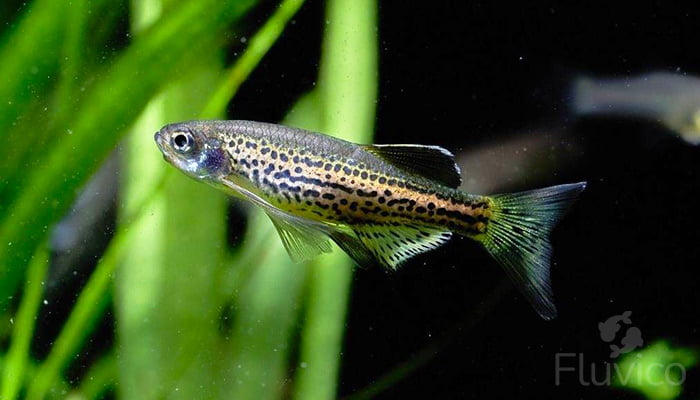
Food, Feeding & Diet
Zebra Danios are not fussy eaters, but they do need a varied diet to maintain their health and colouration. Zebra Danio will happily feed off most foods including flakes, pellets (both dry and live), frozen food such as bloodworms or brine shrimp and fresh vegetables like spinach or cucumber.
They should be fed twice a day with small amounts of food, which can vary depending on the time of year. In spring and summer they will need to eat more than in winter when there’s less sunlight for them to synthesize nutrients from algae.
In their natural habitat, they feast on small insects, algae, and zooplankton. For a balanced diet in captivity, they can occasionally be given live foods.
Freeze-dried foods, such as daphnia, brine shrimp, or bloodworms, provide a vital protein boost that supports their health and enhances their vibrant colours.
Live foods, including micro-worms or brine shrimp, can be fed occasionally. These serve not only as a nutritional treat but also offer an opportunity for the fish to engage in their natural hunting behaviour, thus stimulating their minds.
However, Zebra Danio will eat algae and shrimp pellets if they are hungry enough letting your bottom dwellers go hungry so make sure to stick to your feeding schedule.
Zebra Danio Care & Tank Requirements
Each Zebrafish needs at least a 20 gallon tank, with the best option being at 30 gallons or more. Having this much space allows for separation of different age groups and sexes while still giving them enough room to swim around.
It is also important that there are plenty of items for them to hide among such as rocks or plants so that Zebra Danios feel secure and are not too exposed.
Water Parameters for Your Zebra Danios
You might not know this but Zebra Danios can happily live in brackish waters.
This means that the water parameters required by your zebra danios will depend on whether you’re keeping them in a freshwater tank or an aquarium with a saltwater setup.
| Parameter | Requirement |
|---|---|
| Minimum Tank Size | 8 Gallons |
| Temperature | 65-77°F (18-25°C) – Varies regionally |
| pH Level | 6.0-8.0 |
| Hardness | 5-12 dGH |
| Lighting | Moderate |
| Water Flow | Low to Moderate |
| Filtration | Good Quality, Properly Cycled Filter |
| Substrate | Sand or Fine Gravel |
| Plants & Decorations | Plenty of Plants, Rocks and Hideaways |
Freshwater (neutral):
- – pH: Up to around a pH of six is fine. Anything higher or lower could be bad for your Zebra Danios, so make sure you monitor this one closely and keep it at the right balance.
- + The temperature should typically remain stable between 65°F – 78°F but because Zebra Danios are tolerant of a wide range, you can be more relaxed about this one.
- + Zebra Danio’s will need plenty of oxygen in their water and so the general rule is that your fish tank should have an air-powered filter or pump to keep up with what they require.
Brackish Water:
- – You’ll want slightly lower than neutral pH (around five) for these waters but it could still fluctuate within a reasonable level. However, make sure not to go too low as at around four or three then you’re likely better off letting them stay in freshwater conditions instead. Brackish tanks also demand stable temperatures between 64°F – 82°F but because zebra danios live in water that can change between these levels, you’re less likely to need any drastic changes.
- – There are different mixtures for Brackish conditions but the most popular is this 50% freshwater and 50% saltwater. This often equals around two tablespoons of marine aquarium salt per ten gallons of fresh water every 24 hours (or about .25 teaspoons per gallon). You’ll also want a slightly higher protein diet than normal as well as things like Epsom salts in their tank while they adjust.
Zebra Danio Bioload
Zebra Danios are small-sized fish, which means they have a relatively low bioload compared to larger fish species. The term “bioload” refers to the amount of waste that fish produce and the resulting demand that this places on the aquarium’s filtration system.
While Zebra Danios produce a minimal amount of waste individually, they should be kept in schools of 5-6 or more, and this cumulative bioload is significant.
| Tank Size (liters) | Zebra Danio Stocking (Adult) | Recommended Filtration | Other Considerations |
|---|---|---|---|
| 20 L (~5.3 Gallons) | 2-3 Zebra Danios | Good Quality Filter rated for at least 20 L | Limited space for swimming and schooling behavior |
| 30 L (~7.9 Gallons) | 3-4 Zebra Danios | Good Quality Filter rated for at least 30 L | Consider a slightly larger group if tank dimensions allow for adequate swimming space |
| 40 L (~10.6 Gallons) | 5-6 Zebra Danios | Good Quality Filter rated for at least 40 L | Ideal minimum size to observe natural schooling behavior |
| 50 L (~13.2 Gallons) | 6-7 Zebra Danios | Good Quality Filter rated for at least 50 L | Additional tank space can accommodate more decorations and plants for hiding and enrichment |
Disease
Keeping Zebra Danios healthy involves maintaining a clean tank, balanced diet, and proper water conditions. Despite these efforts, they may sometimes fall prey to diseases. It’s crucial to spot the signs early and take immediate action.
Ich (Ichthyophthirius multifiliis)
Ich, commonly known as “white spot disease,” is a parasitic infection. Symptoms include tiny white spots across the body and gills, clamped fins, decreased appetite, and rubbing against objects. To treat Ich, increase the tank temperature gradually to 82°F and use an over-the-counter treatment such as malachite green or formalin.
Mycobacteriosis
Mycobacteriosis, or fish tuberculosis, is a bacterial disease. Signs of infection include loss of color, weight loss despite normal feeding, lethargy, and ulcers. Unfortunately, there’s no definitive cure, and infected fish should be quarantined to prevent the spread. Enhancing the fish’s environment can sometimes support their immune system in combating the disease.
Fin Rot
Fin Rot is a bacterial or fungal infection that leads to the edges of the fins appearing frayed or discolored. It is often a result of poor water conditions. To treat, improve water quality and consider antibacterial or antifungal medications specifically designed to treat Fin Rot.
Velvet Disease
Velvet Disease, caused by the parasite Oodinium, can lead to a fine, gold or rust-tinged dusting on the fish’s body, lethargy, clamped fins, and loss of appetite. The fish might also scrape against objects due to irritation. Treatment includes copper-based medications and reducing light levels to inhibit the parasite’s photosynthesis.
Remember, prevention is always the best medicine. Regular water changes, good filtration, a varied diet, and careful observation can prevent many common diseases in Zebra Danios. Always quarantine new fish before introducing them to the main tank to prevent the spread of diseases.
Breeding – How easy is it to breed Zebra Danio?
Breeding zebra danios is actually quite easy provided you have at least 20 gallons for them.
The water temp should be in between 75-87 degrees Fahrenheit so if it dips below that then you might want to consider upgrading your tank size or using a heated aquarium thermometer.
Make sure you provide plenty of cover including plants and hiding spots with rocks or fake caves such as this floating cave set from Tetra Aquariums which includes both an artificial plant plus two small rocky structures.
Your biggest issue with breeding Danios is that they will often eat their own eggs or fry once hatched. One way to avoid this is to set up a separate breeding tank, see below.
But… if you have plenty of plants and hiding places, you can be sure some of the fry will survive. Ideally, you only want a small amount of new fish so as to not alter the bioload of the aquarium too much.
Breeding Step-by-step
Breeding Zebra Danios is easy if you have a separate tank available as they are prolific breeders. Here’s a step-by-step guide:
A Note from Charlie: Before breeding fish, make sure you have the spare tank capacity to house the new fish. If not, contact your local fish store and see if they are willing take help you.. Always breed responsibly.
- Set Up a Breeding Tank: Prepare a separate tank (5-10 gallons) with similar water conditions to the main tank. Use a shallow water level (about 5 inches) and a spawning mop or fine-leaved plants on the bottom for the eggs to fall onto and stay protected.
- Choose Healthy Breeders: Select mature, healthy pairs – usually one female to two males. Females are plumper, and males are more torpedo-shaped.
- Condition the Breeders: Feed the selected fish a high-quality diet, including live or frozen foods, to stimulate spawning.
- Introduce the Breeders to the Tank: Once conditioned, transfer the breeders to the prepared tank in the evening.
- Spawning: Zebra Danios usually spawn in the early morning. Females will scatter their eggs (up to hundreds), and the males will fertilize them.
- Post-Spawning: Immediately after spawning, remove the adults to prevent them from eating the eggs.
- Incubation: Maintain water quality in the breeding tank. Eggs will usually hatch in two days.
- Feeding the Fry: Once the fry are free swimming, typically another two days after hatching, they can be fed with infusoria or commercially prepared fry food until they are large enough to eat regular food.
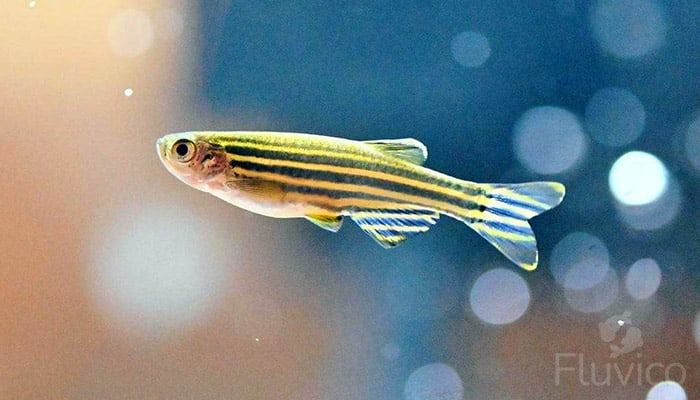
Are Zebra Danio a good fit for your Aquarium?
Whether you’ve been keeping Zebra Danio fish for decades or are just now considering adding them to your aquarium, the information we shared today will help educate and prepare you.
With so many choices in stores and online, it can be difficult to make sure that they have what they need when living with other tank mates. If you want a fast-paced community of fun little fishes who love playing with their food as much as people do, then this is the perfect addition!
We hope our blog post has helped answer any questions about zebra danios (or at least stirred up some more). What’s your favourite thing about these beautiful creatures? Let us know below.
More Reading

15 Types of Cryptocoryne: Which is Best For Your Aquarium Setup?

16 Awesome Low Light Aquarium Plants (Mosses, Ferns & Stem Plants)


18 Types of Aquarium Moss: Photos, Care, Propagation & Growth Guide
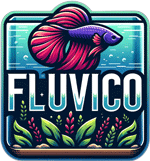
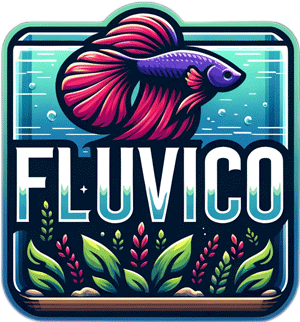
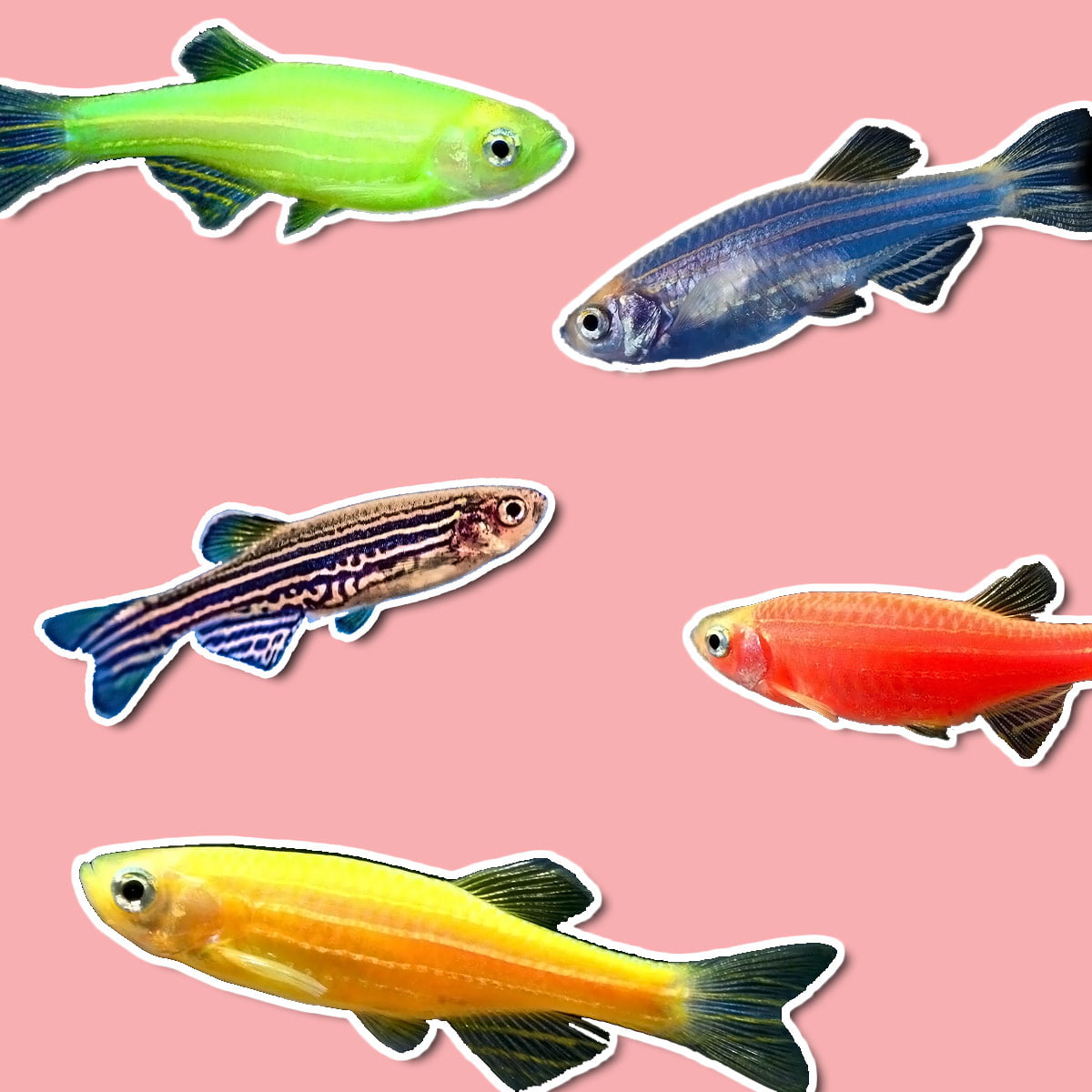

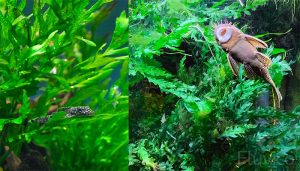


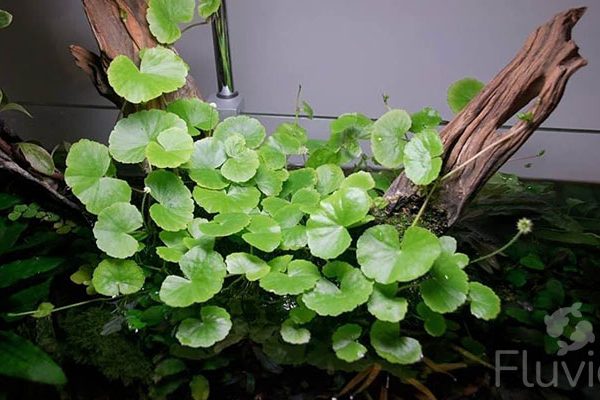
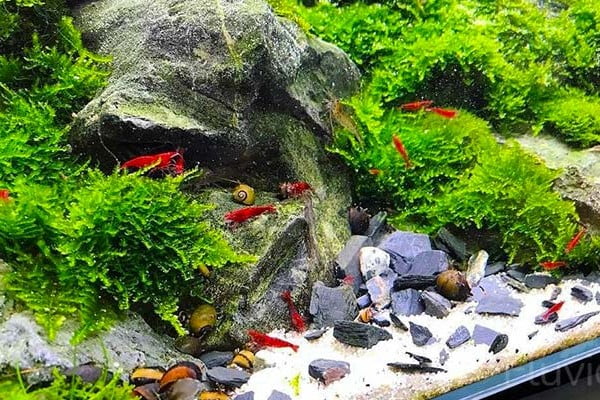
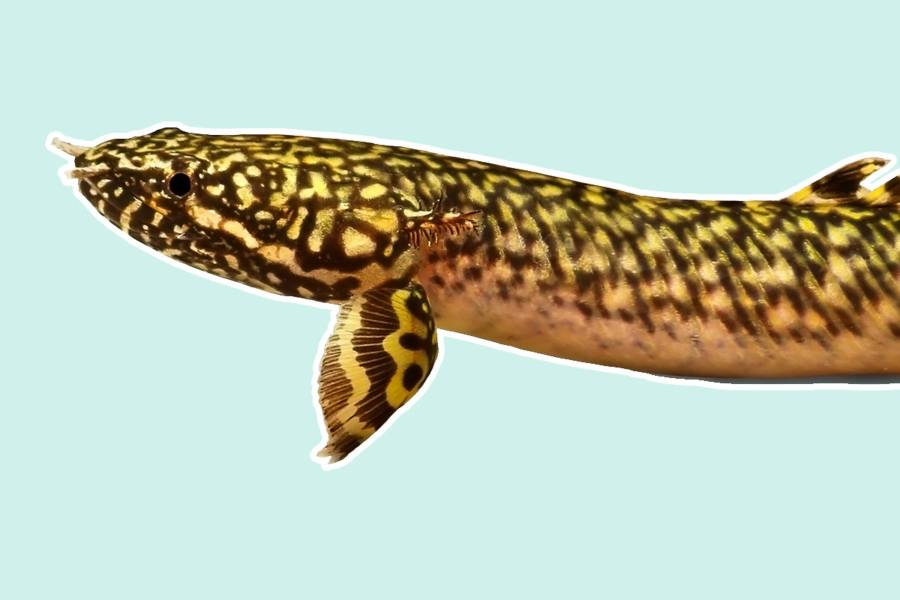
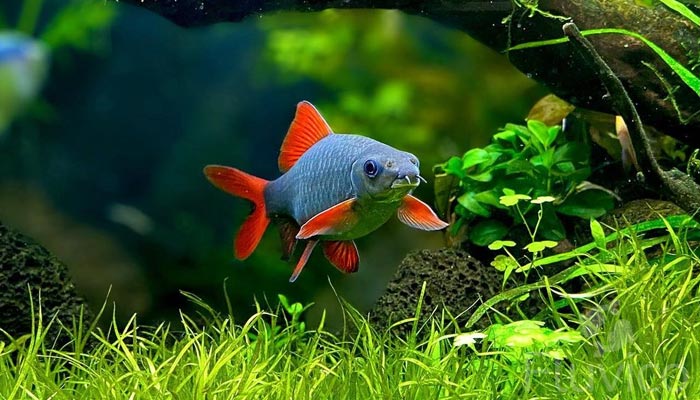
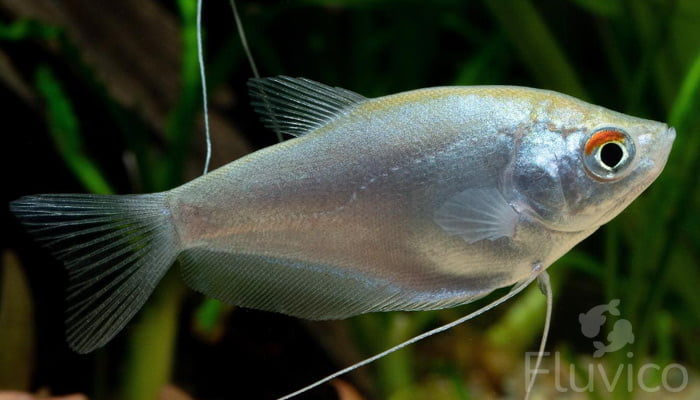
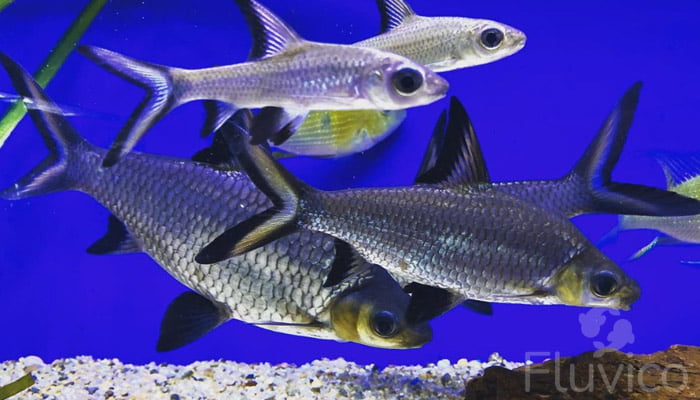
I hope you enjoyed this Danio Fish Care Guide. If you have any questions at all, just leave a comment here and I’ll do my best to answer all your Zebra Danio Questions!
If you’re the happy owner of a bunch of crazy Danios, I’d love it if you could comment with a picture of yours and tell me what you like most about owning Zebra Danios?
All the best,
Charlie